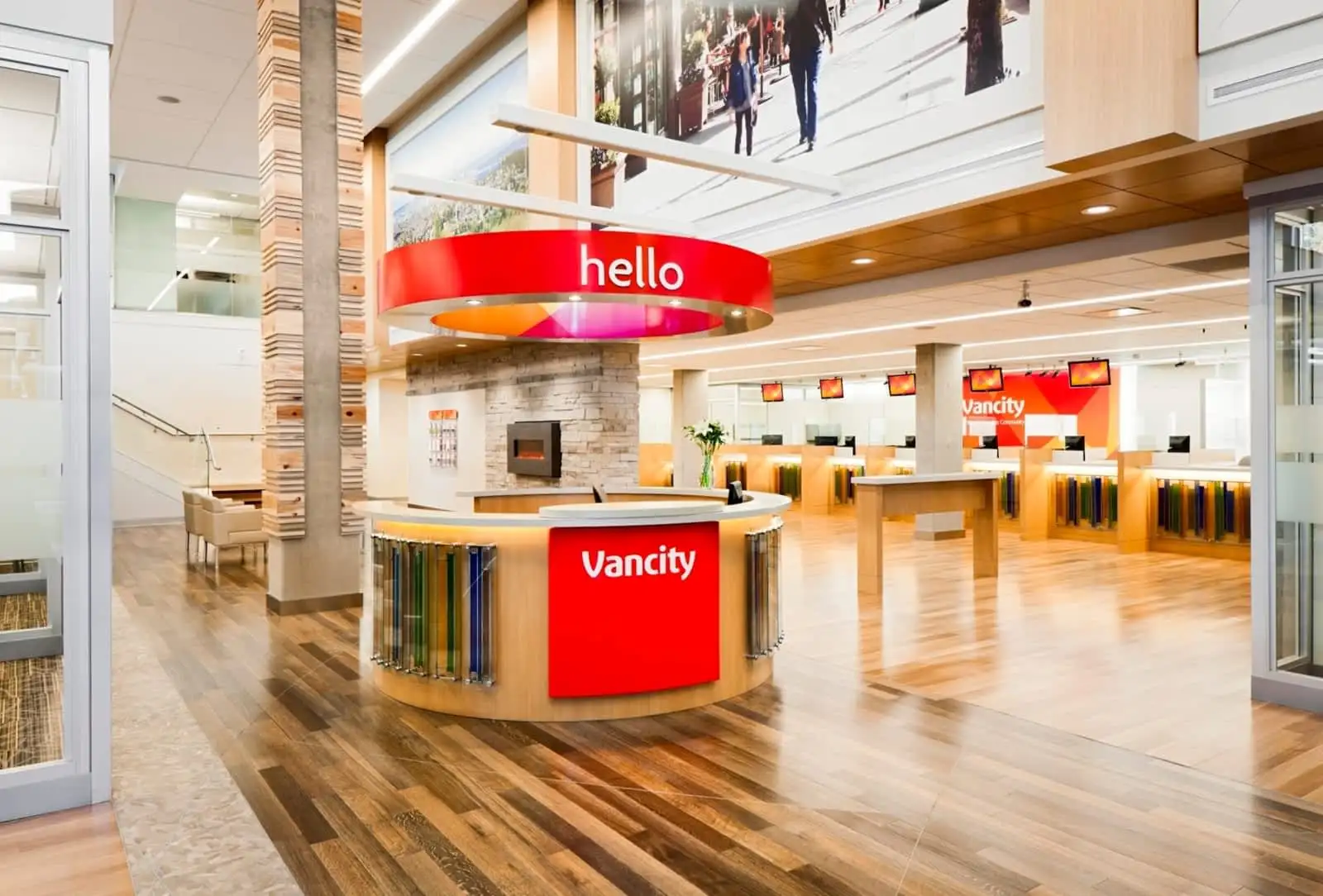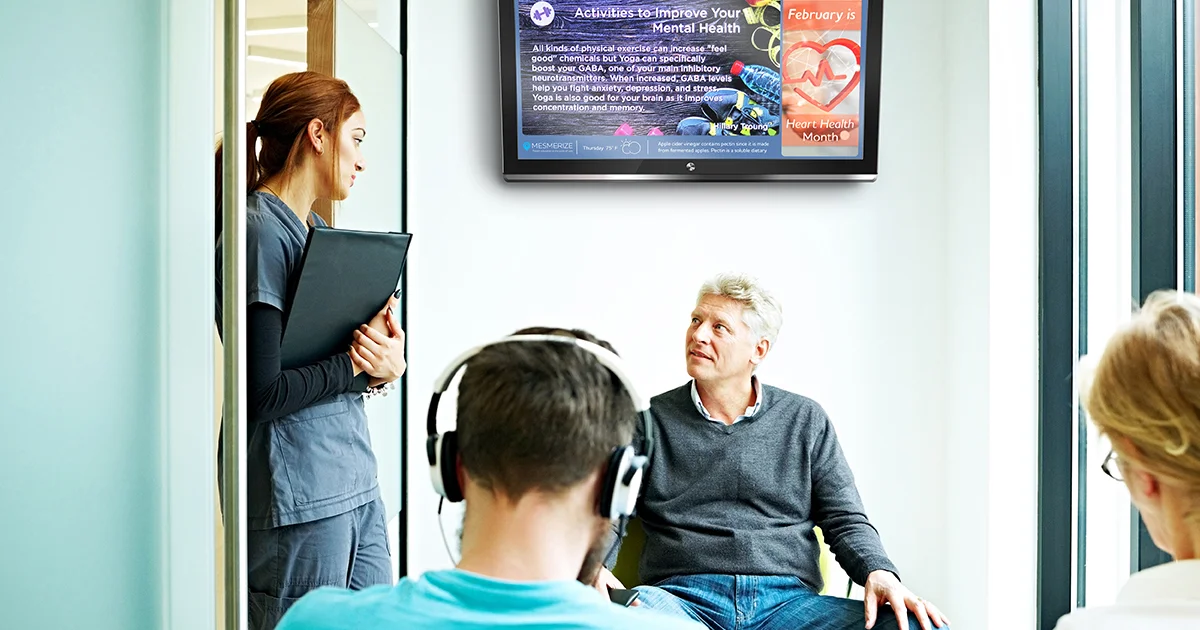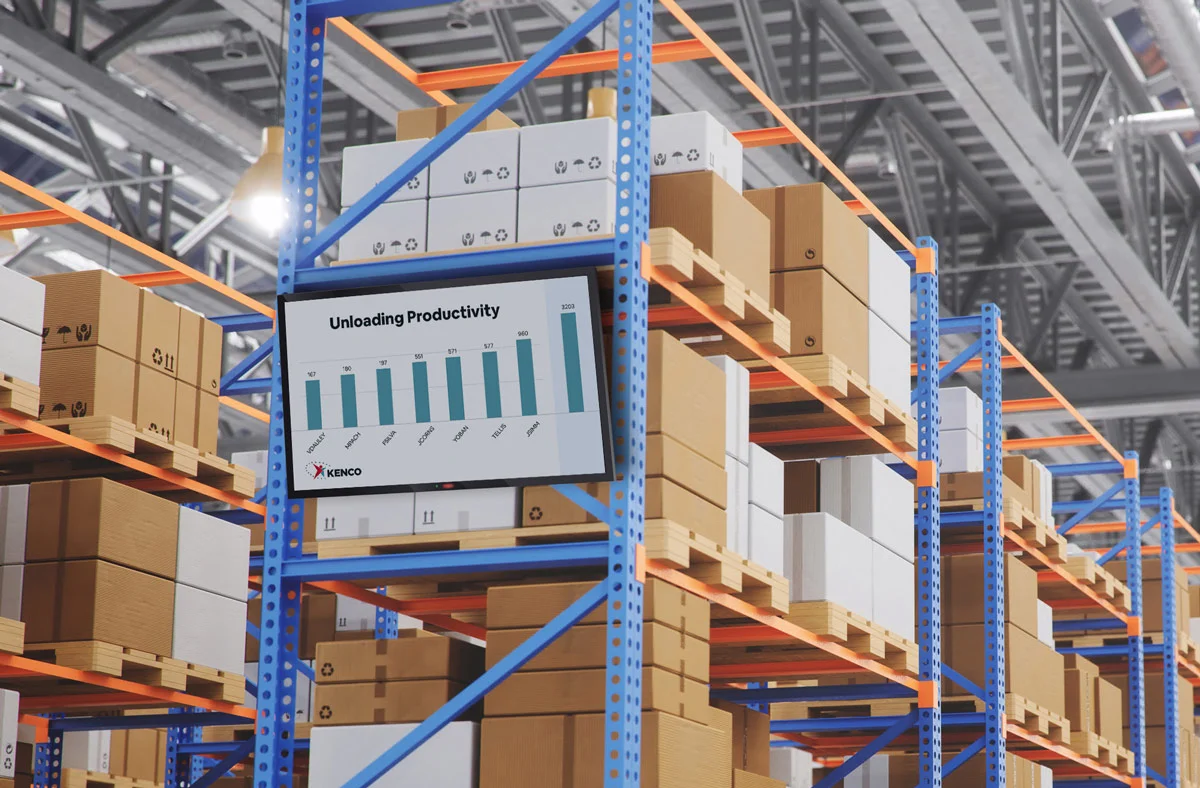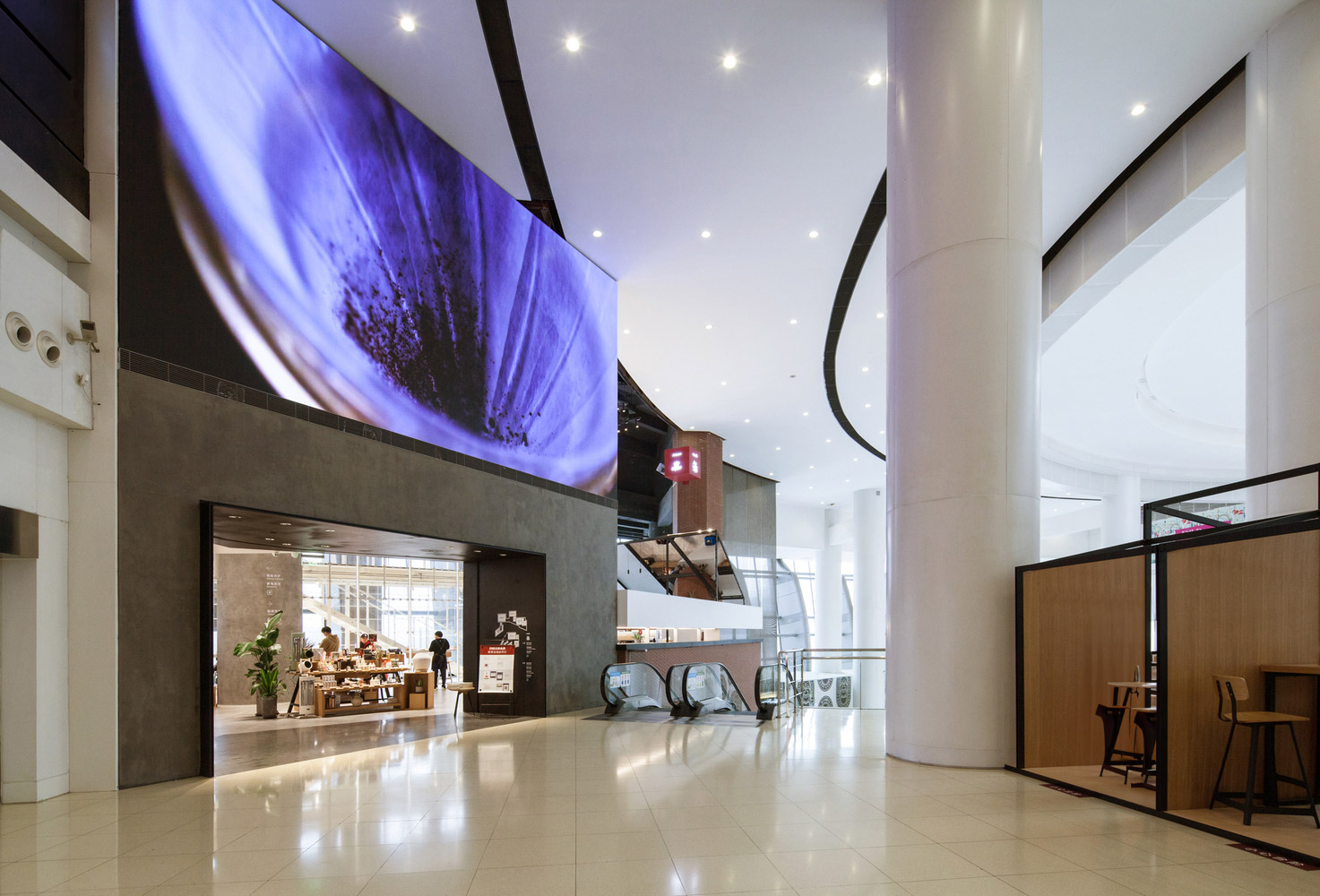Inside Digital Kiosks and Computer Vision Advancements
WRITTEN BY: TelemetryTV, 03-27-2025
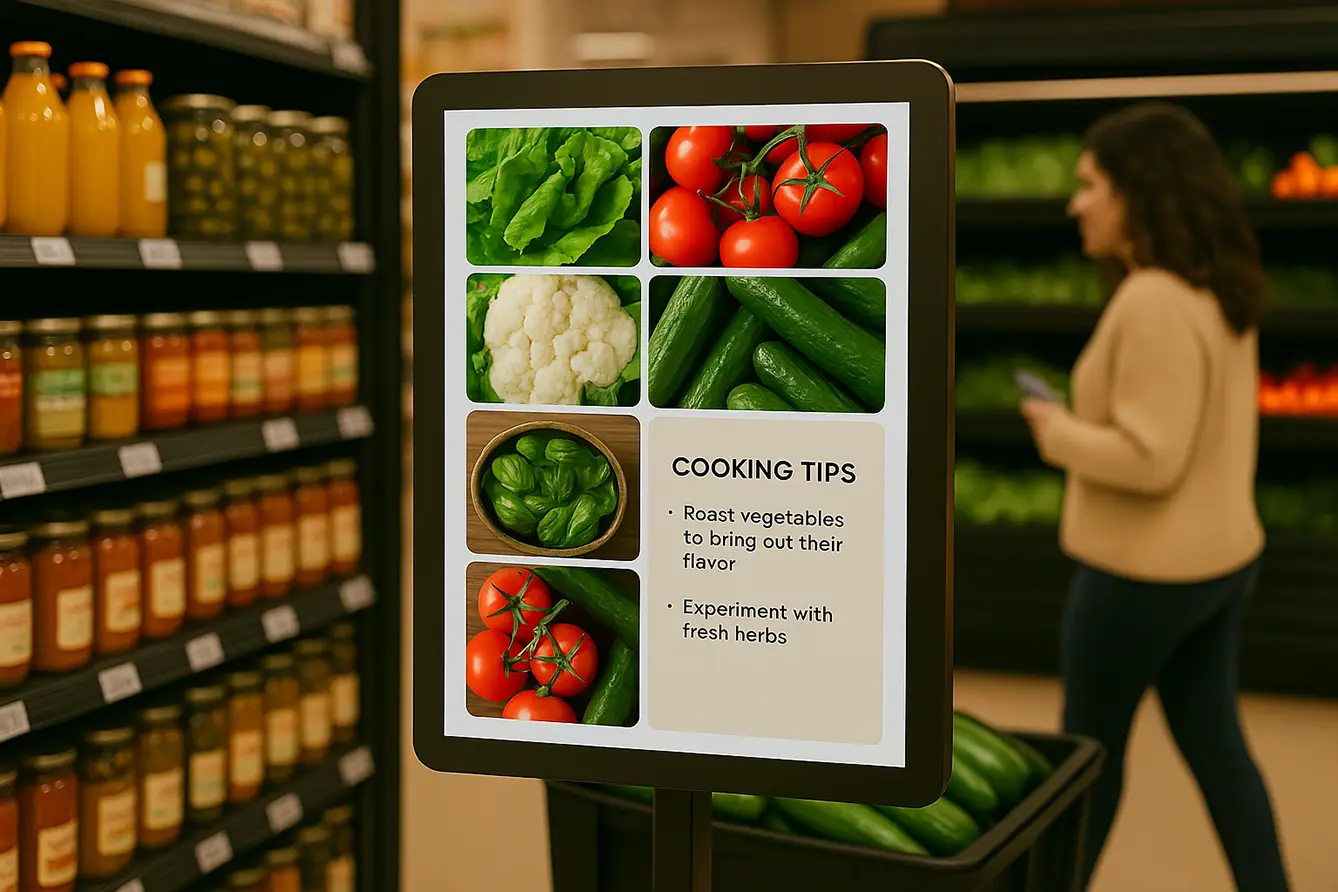
In a busy retail flagship store, a passerby lingers by a digital kiosk and nearby signage instantly displays a product demo. Across town, a self-service kiosk at a bank uses a camera to verify a customer’s identity before completing a transaction. A hospital lobby screen detects overcrowding and prompts arrivals to check in via a nearby touchscreen station. These examples highlight digital kiosks outfitted with computer vision, transforming operations in retail, banking, healthcare, and education.
Digital Kiosks Transforming Retail
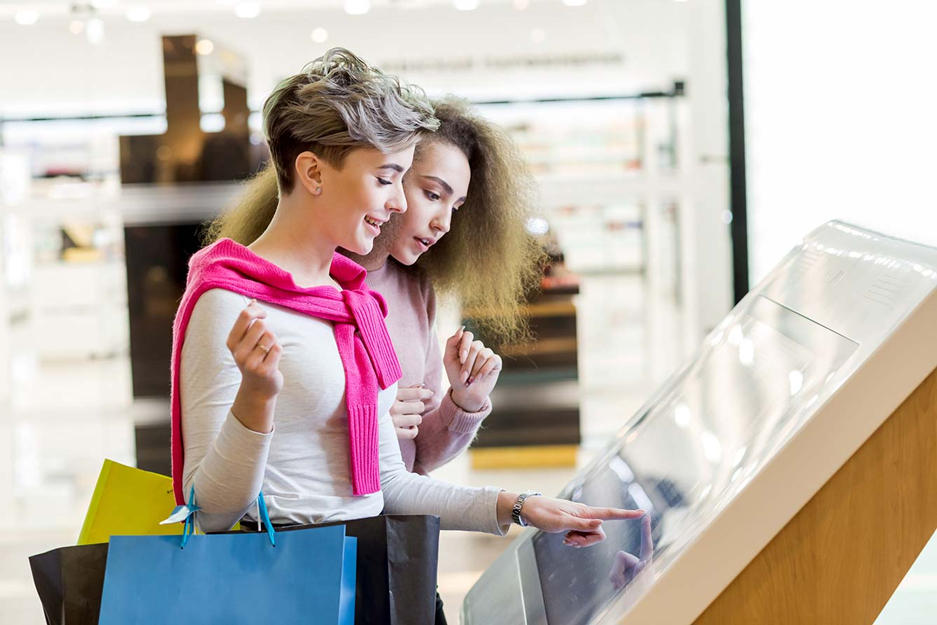
Retail is the prime testing ground for AI-powered kiosks. Computer vision (CV) systems can monitor shelves and customer traffic, triggering dynamic content via cloud-based digital signage software. Studies indicate that more than half of North American retailers plan to adopt AI-driven camera analytics soon, aiming to address real-time events.
• Motion-Triggered Promotions
• Inventory Alerts
• Queue Management
By using TelemetryTV’s digital signage software solutions, retailers can connect cameras and kiosks through webhook events. When a camera detects a crowd near a display, the screen can automatically switch to a relevant promotion. Privacy concerns are mitigated by anonymizing data and informing shoppers about AI usage. This fusion of vision analytics and kiosks gives physical stores an edge, helping them adapt quickly to changing customer behaviors.
Banking and Finance Interactive Kiosks
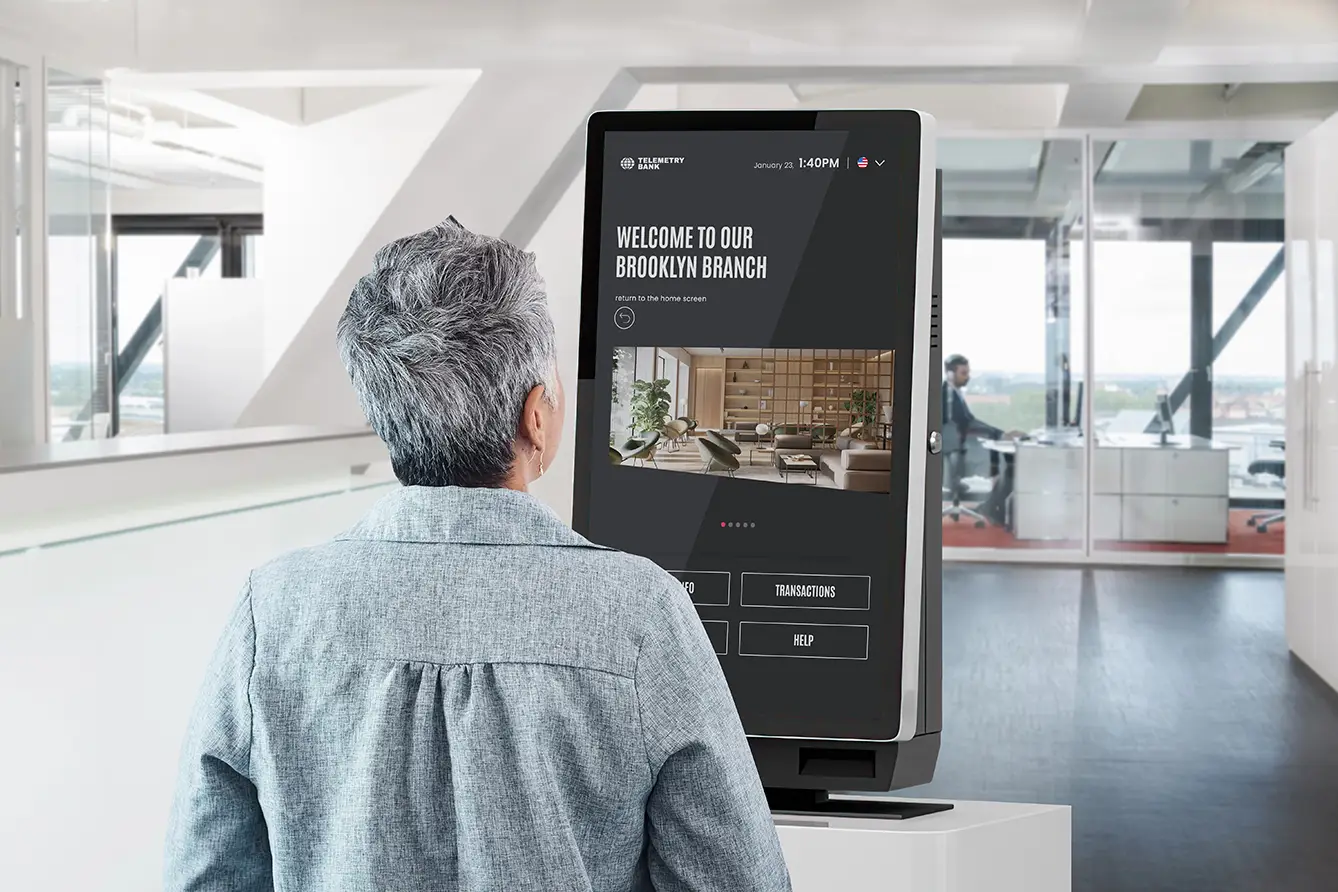
Financial institutions are upgrading basic ATMs to full-service digital kiosks capable of handling deposits, withdrawals, and even new account setups. Some incorporate facial recognition or ID scanning, using computer vision to authenticate customers securely.
If a lobby camera detects a queue spike, the system can display a message directing customers to a less busy kiosk. Many banks find that interactive kiosks reduce staffing needs and extend service hours, while customers appreciate the convenience and shorter wait times. By integrating these kiosks with AI-based authentication, banks balance security with user-friendly experiences.
Healthcare: Kiosks and Computer Vision
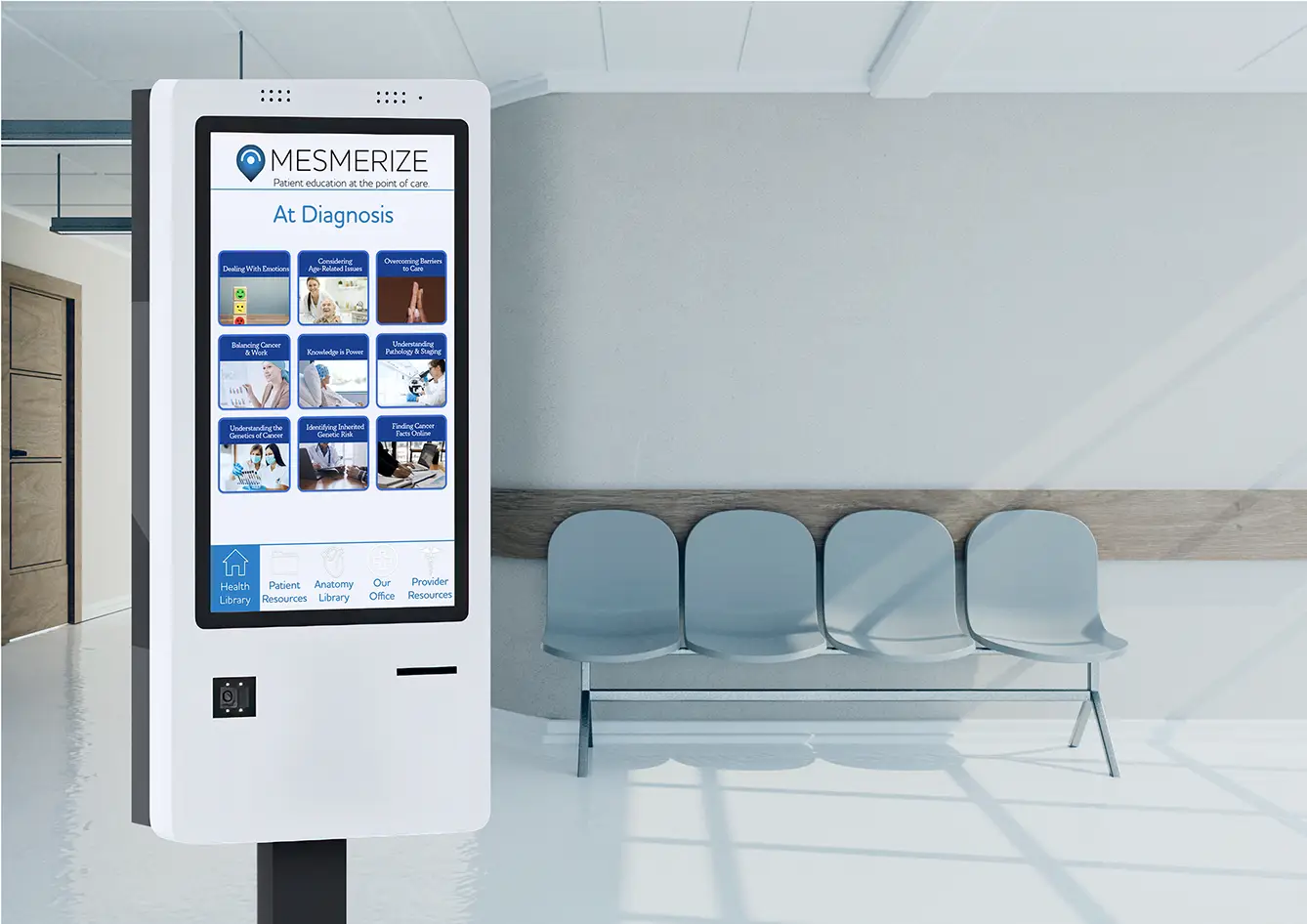
Hospitals and clinics deploy digital kiosks for patient check-in, wayfinding, and education. When connected to a computer vision engine, a kiosk can detect crowds in the waiting room, prompting new arrivals to self check-in elsewhere.
Immediate redirection of traffic reduces lines and offers more personalized care. Some systems monitor occupancy or watch for PPE compliance, alerting staff or updating screens automatically. Kiosks also display disclaimers to maintain transparency around data collection. All these features help streamline patient flow and elevate care quality.
Education: Kiosks on Campus
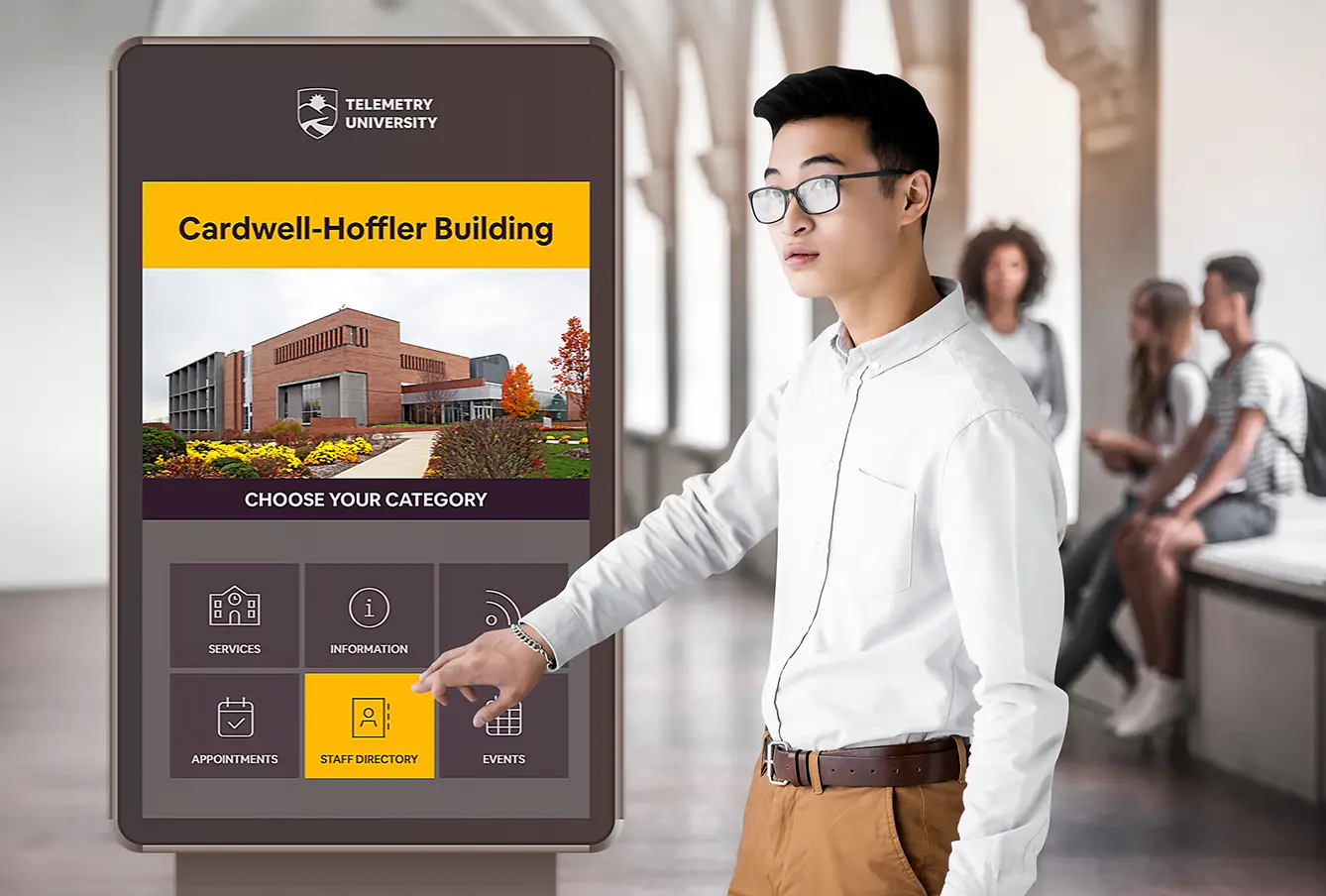
Colleges and universities use digital kiosks in high-traffic spaces for announcements, directories, and event calendars. Computer vision can track real-time occupancy in dining halls or libraries, directing students to locations with available seating.
Campuses also integrate safety features. If a camera in the student center detects an emergency, kiosks can broadcast alerts or connect users directly to security personnel. Interactive wayfinding kiosks guide visitors through large facilities, and AI-powered sensors can refine everything from resource usage to crowd control. By combining these tools with a cloud-based digital signage software, schools improve the student experience and campus operations.
Technical Integration via TelemetryTV's API
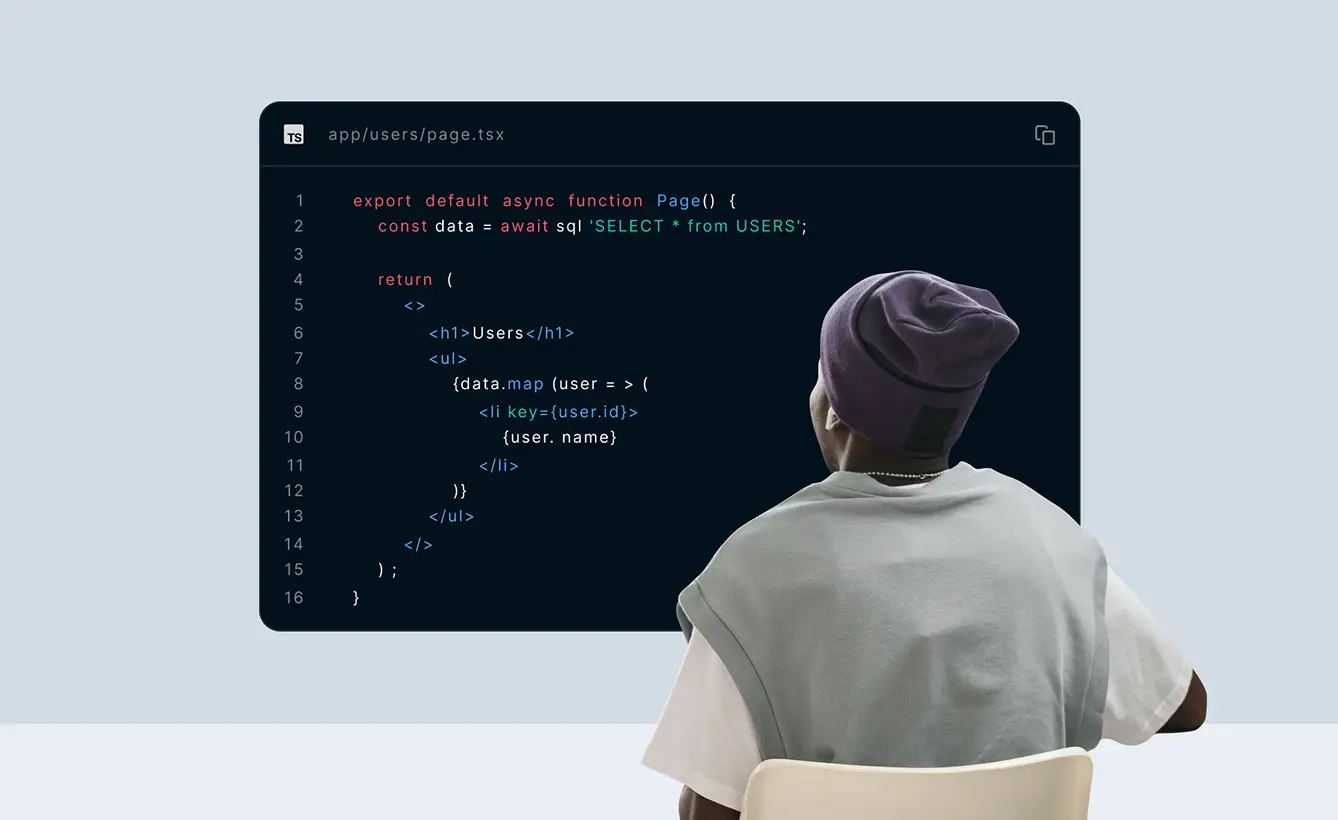
Many computer vision systems communicate events through webhooks. Once an AI camera detects a queue overload or a security breach, it sends a request to TelemetryTV’s digital signage software. The software then updates specific kiosks with new messaging or instructions. Examples include:
• Queue Overload: The system displays 'Use Express Kiosk' when more than ten people line up.
• Low Stock: A shelf sensor triggers a restock alert in real time on back office digital signage screens.
• Security Alert: A camera detecting unauthorized access overrides normal content with 'Security Alert' notifications.
TelemetryTV’s documentation shows how to configure these API endpoints, while the Interactive Experience feature allows businesses to build custom touchscreen applications for advanced use cases.
Security and Privacy Considerations
Implementing computer vision raises privacy questions. Regulations often require clear disclosure if cameras are used. Many organizations process data locally to avoid transmitting images to the cloud. This is why it's important to choose on-premise deployments, helping maintain compliance in sectors like healthcare and finance. Administrators can rapidly add or remove disclaimers, manage user permissions, and keep a consistent brand experience across hundreds of screens.
Future Outlook
As sensors become more affordable and AI models more efficient, experts see widespread adoption of interactive kiosks and real-time analytics. Facial recognition at ATMs may eventually eliminate the need for cards and PINs, while enhanced cameras in retail could track inventory at the individual shelf level. Edge computing will maintain privacy by keeping data in-house, though 5G networks may provide near-instant cloud processing.
Retailers, banks, healthcare providers, and universities are all moving toward data-informed personalization. Imagine a kiosk that greets a returning user and updates offerings based on past interactions. TelemetryTV’s digital signage software allows large organizations to unify these advanced features across hundreds or thousands of endpoints without sacrificing reliability or security.
Explore Digital Signage Solutions
Discover the power of seamless digital signage with our intuitive platform. Perfect for businesses of all sizes, our tools make it easy to manage and display content effectively.
Start for Free


